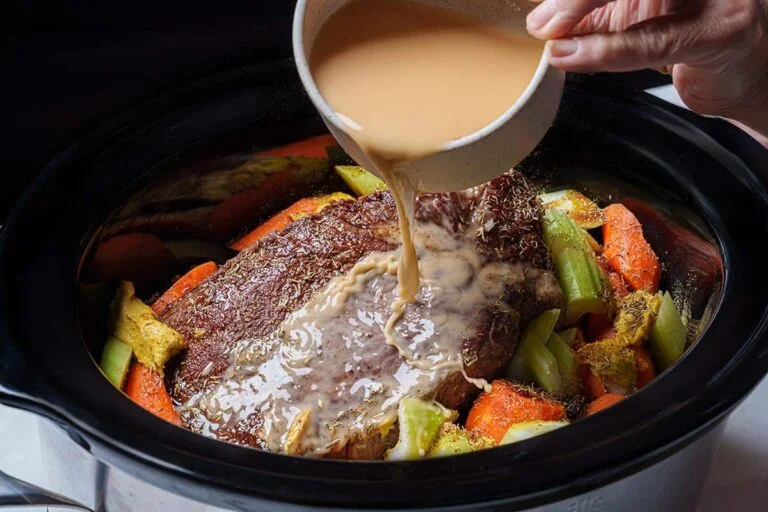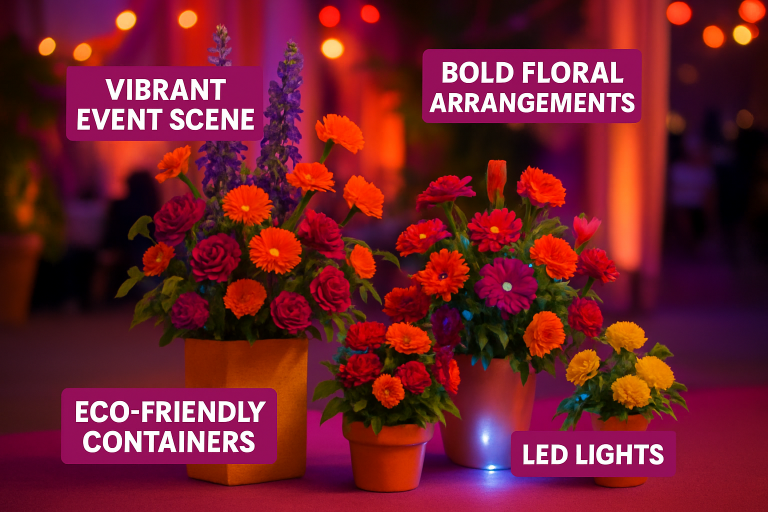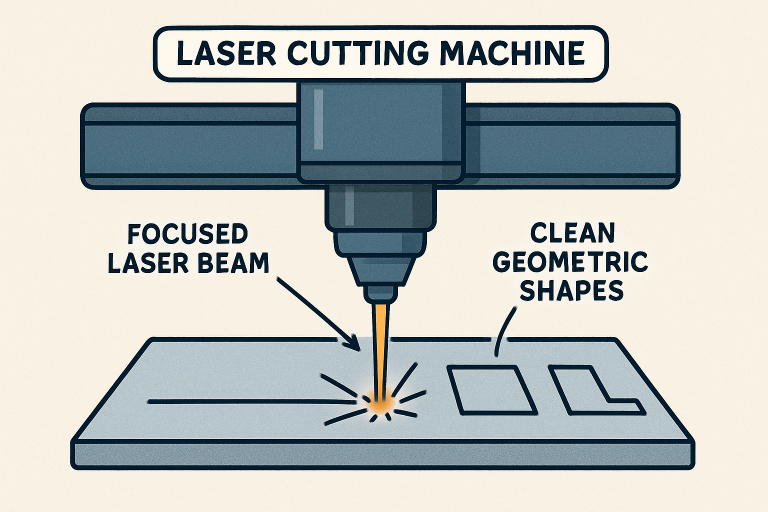Introduction
Tubeseferi, also known as the “Feast of Tubes,” is a unique cultural tradition in Turkey that has long been celebrated with a mix of joy, ritual, and community spirit. The term “Tubeseferi” is derived from two words: “Tube,” meaning “the month” and “Sefer,” a reference to travel or journey. This special day takes place on the 17th day of the Islamic month of Safar in the Hijri calendar and is significant in Turkish folklore, both as a religious observance and as a local custom. It marks a time of community gathering, feasting, and preparation for the coming of winter, and is particularly important for the Muslim population in Anatolia and the Aegean region.
The Tubeseferi tradition has evolved over the centuries, influenced by various social, cultural, and religious dynamics in Turkey. For many, it represents an opportunity to reflect on the changing seasons, connect with others, and embrace a sense of spiritual renewal. Despite its long-standing cultural significance, Tubeseferi is not as widely known outside of Turkey, and even within the country, it remains a niche custom that is predominantly celebrated by certain communities.
Historical and Cultural Context
To understand Tubeseferi, it is important to examine the historical context in which the tradition emerged. The concept of “tubes,” or the pilgrimage to sacred sites, has its roots in early Islamic and Turkish history. The tradition may have evolved from the need for people to travel to various holy places, engage in spiritual reflection, or simply as a way to commemorate the sacred days of the Islamic calendar. However, over time, Tubeseferi has become less about literal travel and more about spiritual preparation for the coming season.
It is often associated with the “Sefer,” a term used in the Islamic calendar to refer to a time of change or transition. The month of Safar, which falls during the autumn months, is significant because it represents a time when the Islamic world begins to prepare for the colder months ahead. It is also a time when people are encouraged to give thanks for the bounty of the past harvest and reflect on the blessings they have received in the year so far. As such, Tubeseferi acts as a kind of transition between the warmth of the autumn and the cold of the winter, emphasizing reflection, gratitude, and the importance of community.
Religious Significance
Although Tubeseferi is not considered a major religious holiday in Islam, it does carry some religious significance within the Turkish context. It falls in the month of Safar, which holds a special place in Islamic history. The month of Safar is one of the four sacred months in Islam, during which certain activities are prohibited or considered highly sacred, such as warfare and violence. For Turkish Muslims, the day of Tubeseferi is viewed as an opportunity to reflect on spiritual themes, such as the transient nature of life, the importance of peace, and the need for communal solidarity.
Additionally, the day is associated with the remembrance of certain important figures and events in Islamic history. These include the stories of the Prophet Muhammad’s journeys, as well as various figures from early Islamic times who are revered in Turkish Sufi traditions. Many families take this opportunity to visit local mosques or other sacred sites in the region to offer prayers and engage in acts of charity.
Traditional Customs and Practices
The customs surrounding Tubeseferi vary from region to region, and the ways in which it is celebrated can differ based on local traditions, familial practices, and interpretations of the holiday’s significance. Despite these variations, several key customs are consistently observed.
- Family Gatherings and Feasts
One of the central elements of Tubeseferi is the gathering of family and friends. This is a time when extended families come together to share meals and celebrate their communal bonds. The feast is often composed of traditional Turkish dishes, including pilaf, stews, fresh bread, and seasonal vegetables. Special sweets such as baklava or revani may also be prepared and shared with guests. The focus is on bringing people together, sharing food, and enjoying one another’s company. As with many other Turkish festivals, hospitality plays a key role in the Tubeseferi tradition, and families take great care in preparing for the event.
- Preparation for Winter
Tubeseferi also serves as a time to prepare for the winter months ahead. In agricultural communities, where the pace of life is more directly tied to the seasons, it is common for people to use this time to store food for the colder months. This may include preserving vegetables, making jams, or storing dried fruits and nuts. These preparations are both practical and symbolic—marking a time when families gather their resources and reflect on the changing seasons.
- Lighting Candles and Incense
Another common practice during Tubeseferi is the lighting of candles or incense, which is believed to bring peace and blessings to the home. This ritual is performed at dusk or in the evening, and families will often gather around the candles, offering prayers for health, prosperity, and protection during the coming year. This symbolic gesture of light is meant to illuminate the darker months of winter and offer spiritual warmth to the family.
- Acts of Charity
Charity is another important aspect of Tubeseferi, and many families choose to engage in acts of giving during the day. This might involve giving alms to the poor, donating food to those in need, or helping less fortunate members of the community. The focus on charity and kindness during this time underscores the deep moral and ethical values of Turkish culture, reinforcing the community’s shared responsibility for one another’s well-being.
- Visiting Sacred Sites
Although not all communities observe this practice, visiting sacred sites—such as mosques, shrines, and other significant religious locations—on Tubeseferi is a common custom. Pilgrimage, or the act of visiting places of spiritual importance, is deeply ingrained in Turkish culture. It serves as a reminder of faith, and many people use this day as an opportunity for self-reflection and to engage in prayer for personal and communal peace.
Modern-Day Observance
In today’s modern Turkey, Tubeseferi is celebrated with varying degrees of emphasis. In rural areas, particularly in Anatolia, the customs surrounding Tubeseferi are still strong, and many families continue to observe the traditional practices. In urban centers, however, the celebration may be less pronounced, with fewer families engaging in the full range of customs. Nonetheless, the spirit of the tradition—focused on community, reflection, and thanksgiving—remains an integral part of the cultural fabric of Turkey.
For many, Tubeseferi offers a valuable opportunity to reconnect with their heritage, particularly in an increasingly globalized world. As Turkey continues to modernize, it is these local and regional traditions, like Tubeseferi, that serve as anchors to the country’s rich cultural identity. The celebration allows people to pause amidst the busyness of modern life and take time for reflection, family bonding, and spiritual renewal.
Conclusion
Tubeseferi is a beautiful example of how local customs, religious observances, and seasonal rhythms intersect to create a meaningful cultural tradition. Whether through family feasts, charitable acts, or spiritual reflection, this tradition remains a vital part of Turkish cultural heritage, especially for those who cherish the connection to their roots and the rhythms of nature. Though the specific customs may vary, the core values of community, charity, and spiritual reflection continue to resonate strongly in contemporary Turkey, ensuring that Tubeseferi will be celebrated for generations to come.


 Blog6 months ago
Blog6 months ago
 Entertainment6 months ago
Entertainment6 months ago
 Technology3 months ago
Technology3 months ago
 News6 months ago
News6 months ago
 Blog6 months ago
Blog6 months ago
 Blog6 months ago
Blog6 months ago
 Technology6 months ago
Technology6 months ago
 Blog6 months ago
Blog6 months ago


